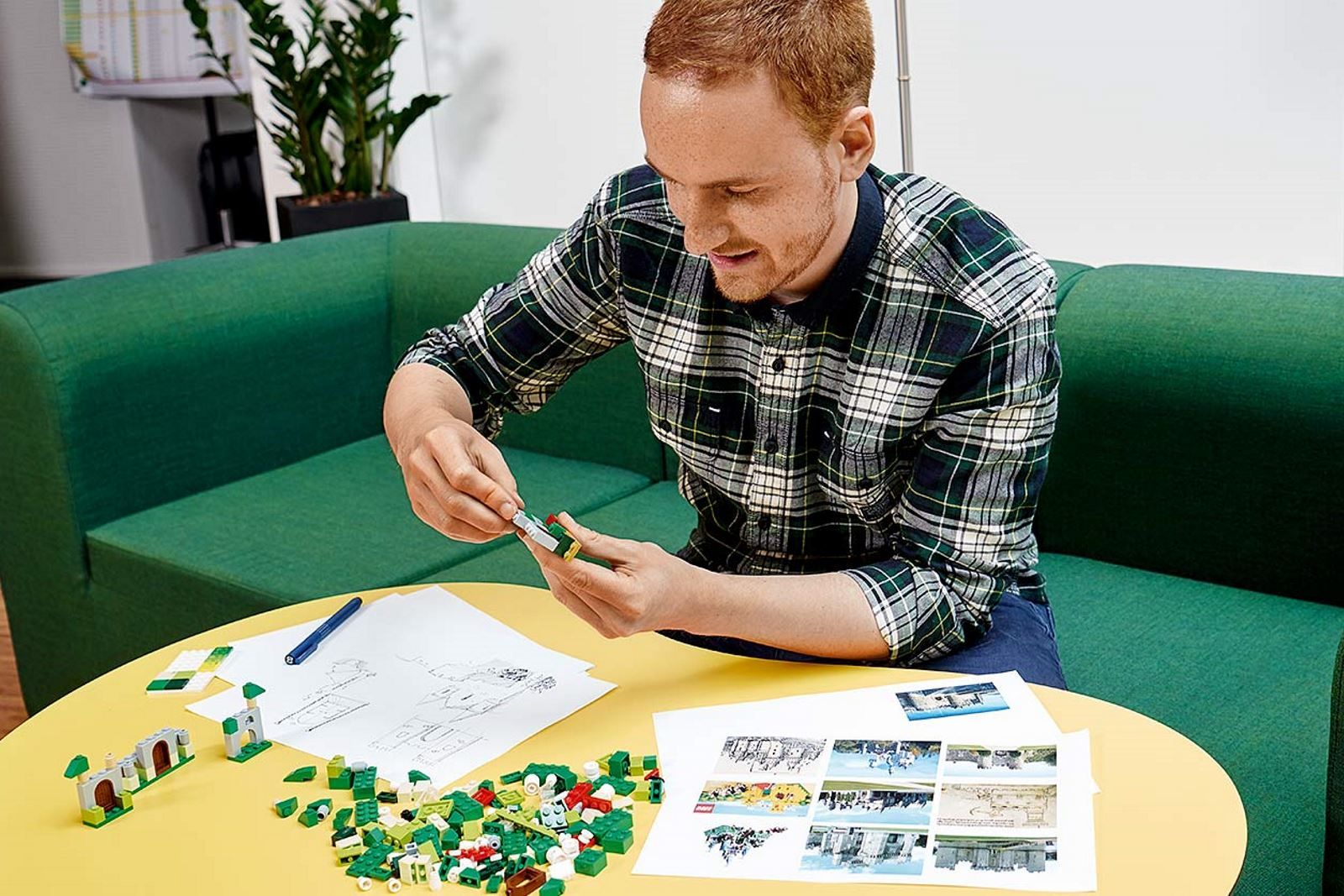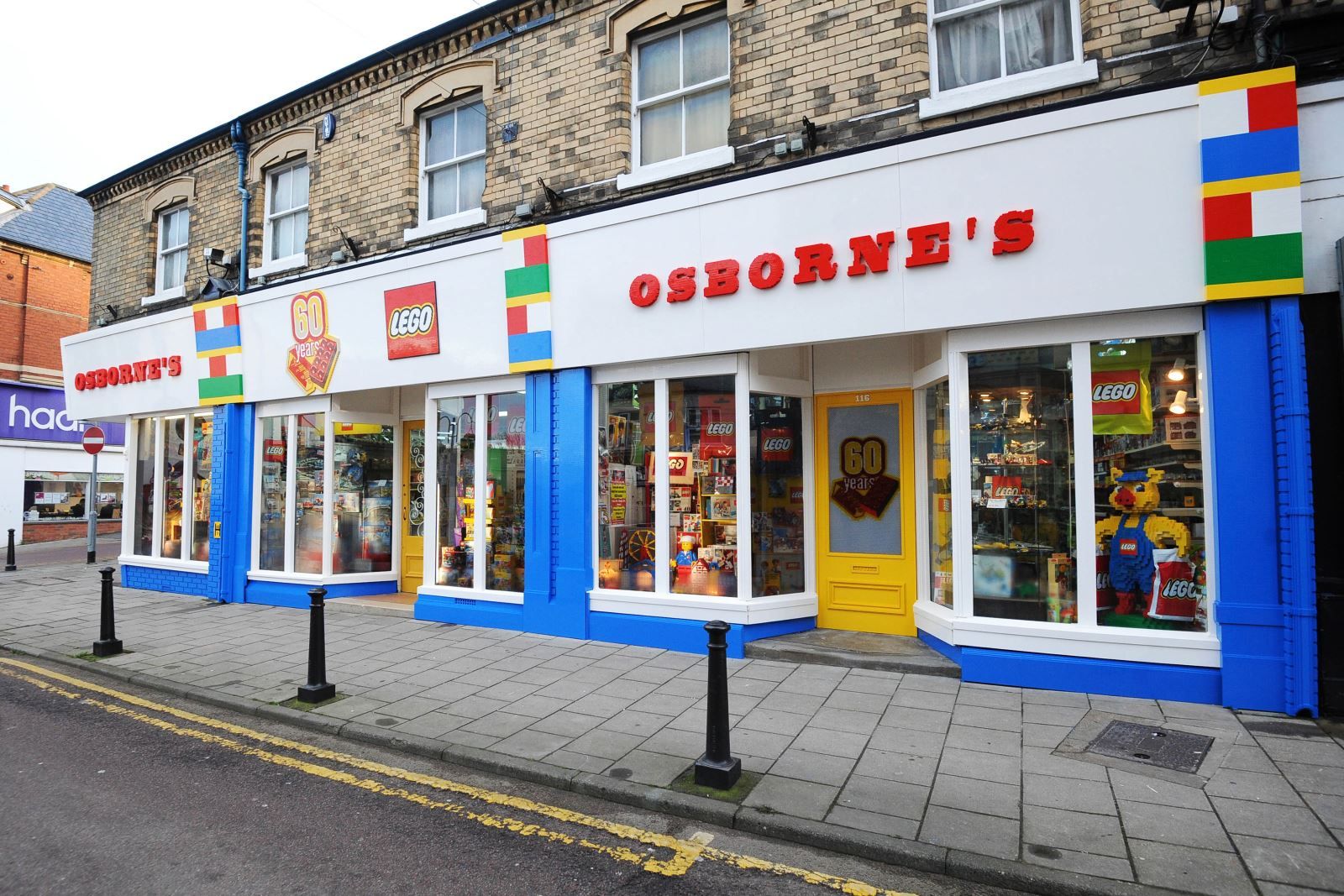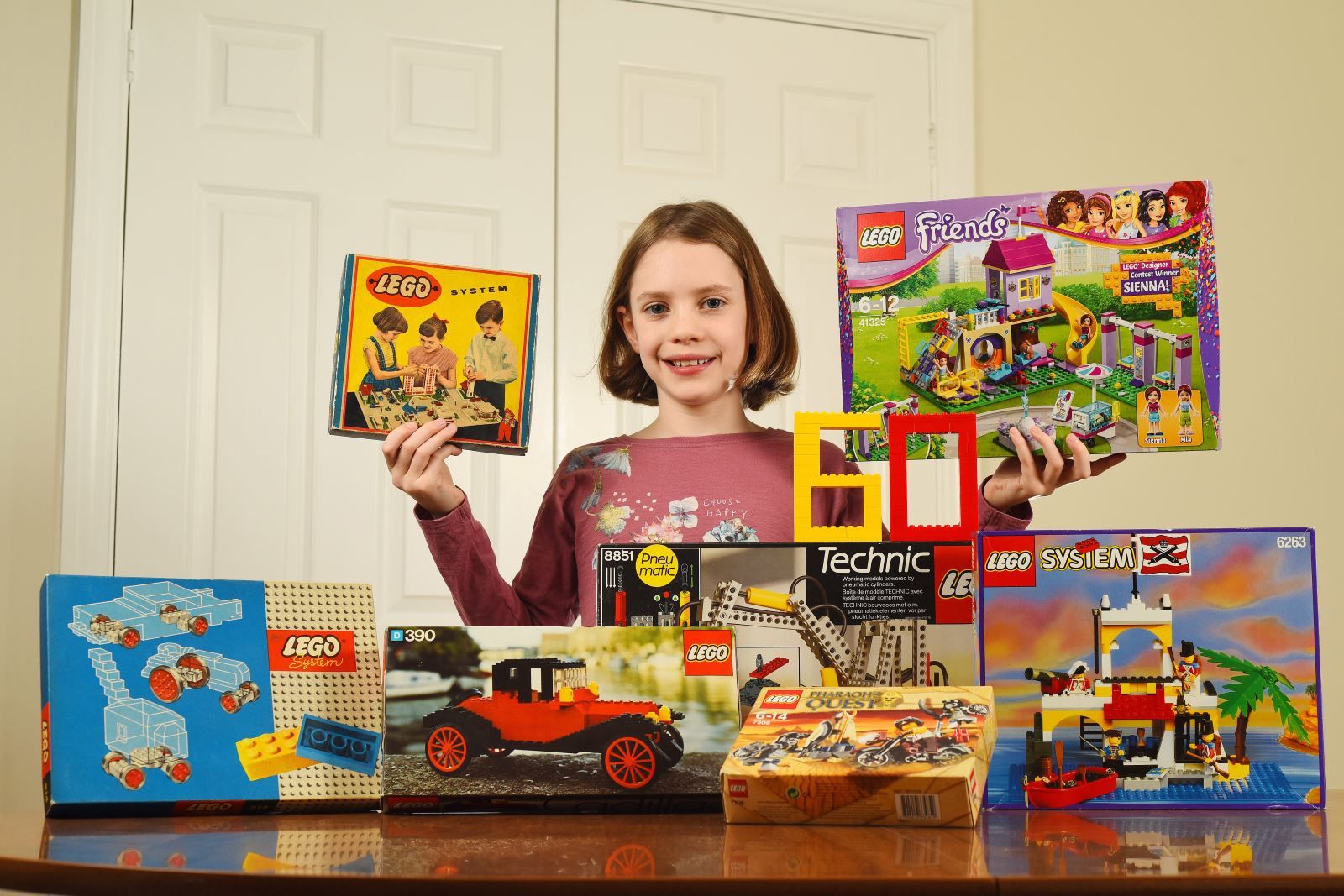Lego has just celebrated 60 years of the ubiquitous plastic brick and to celebrate we spoke to Jonathan Peter Robson who is one of the company’s foremost Lego set designers.
The Lego brick has become one of the most popular toys in the world since Godtfred Kirk Christiansen added tubes inside the brick in 1958 before patenting it.
And, being Lego, all bricks are compatible, so an original 60-year-old brick is compatible with any modern-day Lego brick even though there has been some variation in the design of some pieces.
The company that was destined to become the Lego Group originally started life as a small workshop in Denmark that produced wooden toys, run by Ole Kirk Kristiansen in 1932.
The name Lego (from the Danish "Leg Godt" meaning "play well") was adopted in 1934, and it wasn’t until 1947 that the Lego Group started producing plastic toys, with an initial, less sophisticated version of the interlocking bricks being produced in 1949.
Thousands of Lego sets have been released since the 1960s and to celebrate the 60-year milestone we spoke to designer Robson, who is responsible for the Lego Classic range. Lego has been working hard to celebrate the milestone, even using 277,500 bricks to rebuild the shop front of Osborne’s Sports & Toys in Rushden, Northamptonshire - the first shop in the UK to stock Lego bricks.
We ask Robson how important it is that the brick has remained consistent through the years. “It’s essential,” says Robson. “The unique Lego brick design, and the uncompromised focus on quality and safety during the past six decades ensures that two Lego bricks produced 60 years apart can still fit together.”
We asked him how he got into designing Lego sets. “As a child I played with Lego a lot and it inspired me to be a product designer, so I studied product design at University. I was exhibiting my final year project at a recruitment fair in London when a group of LEGO designers came by and after showing them my work they suggested I apply.”
https://legoexternal.23video.com/9392084.ihtml/player.html?source=share&photo%5fid=21048856
We ask him which was his first Lego set and which was his best? “It’s a great question but there’s just too many to cover! My first Lego set that I had was 6531 Flame Chaser. It was a little red fire helicopter which had the yellow rubber and plastic tubes and a grey propeller.
“A cool story is that in my first set that I worked on, 10661 My First Lego Fire Station, I made an alternative model of a fire helicopter as a homage to my first Lego set that I received.”
“The best set? 10712 Bricks and Gears. I would say that I am biased because it’s more recent. I really like this set as it’s a great blend of Lego Classic models of all types but by adding a few gear and axle pieces you can bring the models to life!”
Finally, we ask Robson what he thinks the future holds for the humble Lego brick. Does he think it'll always be with us? “Yes it will endure because with Lego bricks and your imagination, anything is possible.”
60th anniversary Lego trivia:
- You can make 915,103,765 different builds from just six ‘2x4’ Lego bricks of the same colour
- The biggest Lego brick model ever made is at Lego House in Billund, Denmark: called the Tree of Creativity, to reference The Lego Group’s roots in carpentry and comprises over 6 million bricks
- The third and fourth generations of the Kirk Kristiansen family are still involved in the Lego Group today
- The biggest Lego set ever is the 2017 Ultimate Collectors Series Millennium Falcon, comprising 7,541 pieces (we've built it)
- There is a vault in Billund containing almost every single Lego set ever made
Like this? Check out Lego AR-Studio brings Lego bricks to life in a digital world



